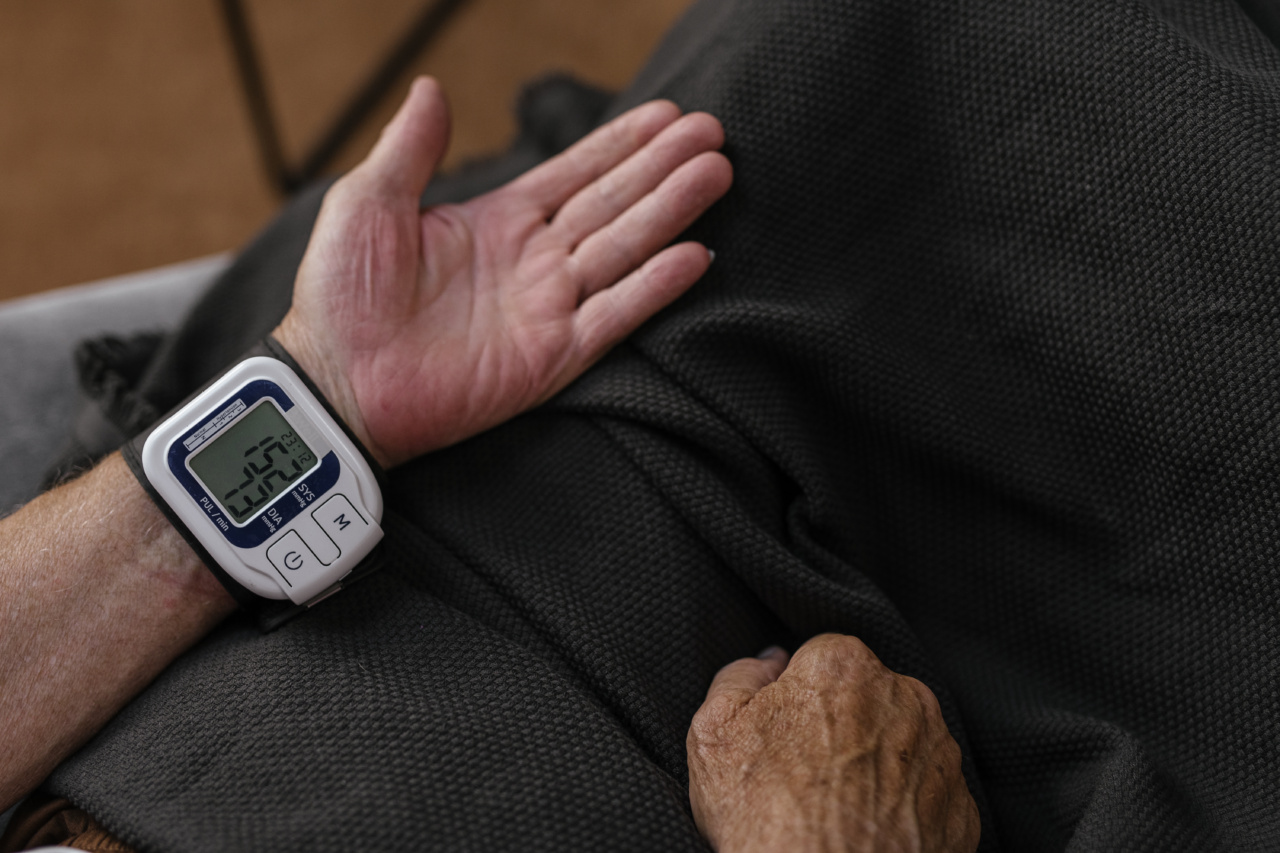Measuring normal pulses, temperature, pressure, and breathing is essential in assessing a person’s overall health and well-being.
These vital signs provide valuable insights into the functioning of various body systems, helping healthcare professionals diagnose and monitor conditions effectively. In this article, we will explore the importance of measuring these vital signs, how they are measured, and what constitutes normal ranges for each.
Measuring Pulses
Pulse measurement is a non-invasive method to assess the heart rate, rhythm, and overall cardiovascular function. This can be done manually by palpating certain arteries in the body or by using electronic devices.
The most common pulse measurement site is the radial artery in the wrist. Using two fingers, gentle pressure is applied to this area until the pulse is felt, and the number of beats per minute is counted.
The normal resting heart rate for adults is generally between 60-100 beats per minute. However, it can vary based on several factors such as age, fitness level, and overall health.
It is essential to note any irregularities in the pulse rhythm, as an irregular pulse can indicate underlying cardiovascular conditions that may require further investigation.
Measuring Temperature
Temperature measurement is crucial in assessing the body’s ability to regulate heat and detect signs of infection or illness. The most common method of measuring body temperature is through the use of a thermometer.
There are various types of thermometers, including digital, infrared, and tympanic thermometers.
Normal body temperature typically ranges between 97.7-99.5°F (36.5-37.5°C).
However, it is important to consider that temperature can vary throughout the day, influenced by factors such as physical activity, environmental conditions, and hormonal fluctuations. Fever, identified by an increase in body temperature, is often an indication of an underlying infection or inflammation.
Measuring Blood Pressure
Blood pressure measurement is a crucial indicator of cardiovascular health and helps assess the force exerted by circulating blood on the arterial walls.
Blood pressure is measured using a sphygmomanometer, which consists of an inflatable cuff, a pressure gauge, and a stethoscope. This device provides two readings – systolic pressure (the higher value) and diastolic pressure (the lower value).
The normal range for blood pressure is generally considered to be around 120/80 mmHg. However, ideal blood pressure values may vary depending on an individual’s age, sex, and overall health.
Persistently high blood pressure, known as hypertension, can lead to serious health complications such as heart disease and stroke. On the other hand, low blood pressure, known as hypotension, may cause dizziness or fainting spells.
Measuring Breathing
Breathing rate, also known as the respiratory rate, is an essential vital sign that provides valuable information about the functioning of the respiratory system.
Breathing rate can be measured by observing the rise and fall of the chest, counting the number of breaths per minute, or using specialized devices to measure airflow.
The normal breathing rate for adults is typically around 12-20 breaths per minute. However, it can be influenced by factors such as physical activity, emotions, and certain medical conditions.
Rapid breathing (tachypnea) or slow breathing (bradypnea) may suggest underlying respiratory issues, and further evaluation is needed to determine the cause.
Conclusion
Measuring and monitoring normal pulses, temperature, pressure, and breathing are vital components of healthcare assessments.
These essential signs provide valuable information about various body systems’ functioning and help diagnose potential health conditions or track their progress. It is essential to know the normal ranges for each vital sign and seek medical attention when any abnormalities are detected.






























